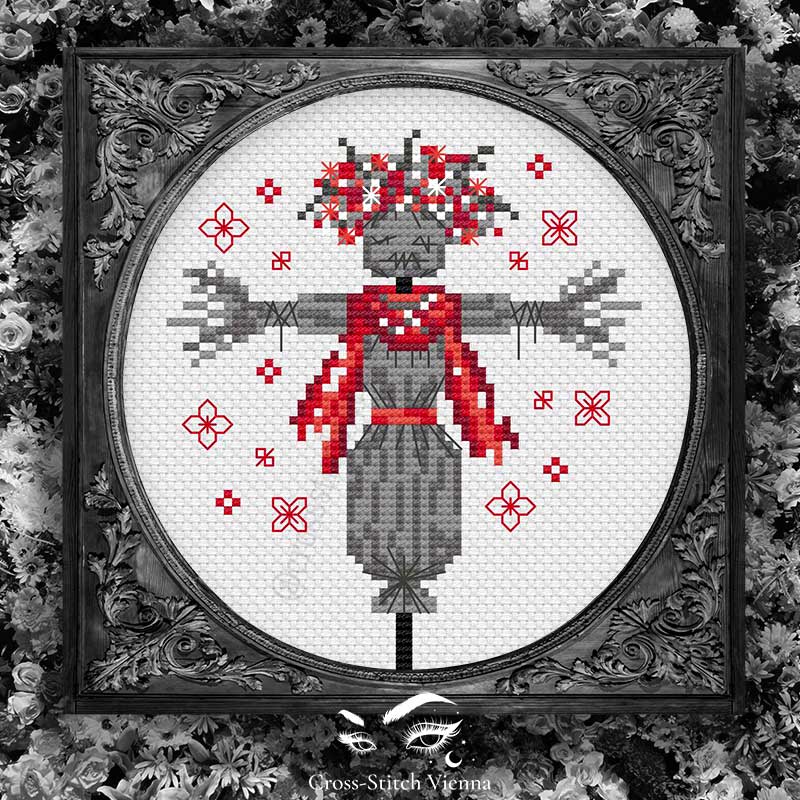

Pattern info
14 ct 58×66 Stitches (10,5 x 12,0 cm) (4,1 x 4,7 in.)
16 ct 58×66 Stitches (9,2 x 10,5 cm) (3,6 x 4,1 in.)
18 ct 58×66 Stitches (8,2 x 9,3 cm) (3,2 x 3,7 in.)
Pattern Keeper compatible
This chart has been tested and verified to work with Pattern Keeper by the designer. Cross-Stitch Vienna is not affiliated with Pattern Keeper. Please note that Pattern Keeper does not currently support backstitch reading! You will need to follow the PDF for the backstitch guide.
Download info
This is a digital PDF pattern only. The PDF contains the following versions:
- colour blocks with symbols,
- symbols in black and white only
- Pattern Keeper compatible chart.
- PLEASE NOTE that sometimes it was not possible to include the Pattern Keeper chart in the same PDF as the main chart (it was preventing PK from rendering the PDF in-app) – in such cases a direct download link was added in the notes on the cross-stitch key page. Upon clicking on it, you will receive a separate PDF with the chart in the Pattern Keeper format.
Please note that if you bought this item, no refunds will be made after purchase as it is a digital file. Terms and Conditions & copyright info: crossstitchvienna.at/terms-conditions
I vaguely remember the ritual of drowning Marzanna (Morana) around springtime.
The teacher told us the date ahead of the outing. We dressed up and went out in a weird procession, carrying the weird effigy (that was provided to us, I have no idea who made it) to the river to chuck it in and rejoice.
I come from the Polish countryside. You drowned Marzanna in March and went for a kulig (sleigh rides pulled by horses) in November.
As I remembered the chilly bite of fresh air on my cheeks as we made our way to the river, I realised I never questioned why and what.
Who is Morana?
Morana (in Polish, known as Marzanna) is a pagan Slavic goddess associated with seasonal rites based on the idea of death and rebirth of nature. Yes, a catholic country like Poland will still indulge in a rare pagan ritual of casual violence. But then again, yesterday I walked by a very beaten-up rendition of Christ on the cross so I suppose we have a liking for that kind of stuff.
“In ancient Slavic rites, the death of the Goddess Marzanna at the end of winter becomes the rebirth of Spring of the Goddess Kostroma (Russian), Lada or Vesna representing the coming of Spring.”
Morana (goddess), Wikipedia entry
The custom included collective preparation of the effigy. There was always some “core” usually made of straw or twigs, and then dressed in colourful pieces of cloth, greenery, and whatever was at hand. In some photos, there was a weak attempt at giving Morana some sort of expression – most commonly, of her grinning, probably because she was looking forward to her death.


Death to winter and renewal was the name of the game. In some regions, Marzanna is called Death Crone and the process of taking her to the river in a procession with songs about her imminent demise and the happiness of upcoming spring told a story of hopeful people, who beckoned spring to come as soon as possible to breathe life into their world. The drowning occurred on the 21st of March. It was always drowning and not burning – it is understood as the goddess’ symbolic descent into the underworld, to be reborn with next winter.
I do not remember any abuse of the effigy on the way to the riverbank but apparently, it was common to give her a good send-off so she understood the gravity of the situation. The puppet was kicked, set on fire, yelled at, and insulted. In some regions, traditional songs were sung throughout the whole ordeal.
For example, In Your Pocket quotes a simple but chilly two-liner:
Już wiosenne słonko wzbija się po niebie W tej wezbranej rzece utopimy ciebie!
I loosely translated this to:
The springtime sun ascends the sky We throw you in this teeming river to die!
Another website dedicated to the Polish region of Kashubia – the Eastern Pomerania region of northern Poland, tells of another captivating rhyme:
Marzanno, marzanno Ty zimowa panno W wodę cię wrzucamy Bo wiosnę witamy
My translation of the rhyme:
Morana, Morana You maiden of cold We cast you into water So spring can take hold
Once Morana was drowned, you were supposed to go home and watch out not to fall on the way back – that would bring bad luck. In some descriptions of the ritual, the effigy was fished out of the water and paraded around the village – showing the signs of her sacrifice. Kind of before and after, if you will.
Violent tendencies aside, the drowning of Marzanna is still practised in some Slavic countries. In its traditional form with the procession, singing and all that shebang, the countryside is upholding the tradition. However, there are also some city-dwellers, who would like to go back to our heathen roots and try to revive the tradition. I found out that in Kraków, there is an annual Marzanna half marathon, where the goddess is honoured with a run.
My pattern shows an effigy of Morana in grey and red tones. The original design was very backstitch-heavy but I decided that it probably would be too complex. I added a crown of flowers – you won’t see that a lot in the photos on this page. But I felt she deserved some recognition of her power and significance. You will be pleased to see her makeshift expression is not of happiness but slight concern.
I hope you will enjoy stitching this pagan cross-stitch pattern.
By the way, I found this cute colouring page with a kid-friendly Marzanna. Follow the red links at the bottom that have PDF and JPG in the name.
Resources referenced in this post:
- Astronomical spring on Sunday. How it was and is with the custom of drowning Marzanna (in Polish) – https://gp24.pl/w-niedziele-astronomiczna-wiosna-jak-bylo-i-jest-z-topieniem-marzanny-zdjecia/ar/c1-15497414
- Kashubian traditions (in Polish) – http://www.na-kaszuby.pl/Kaszuby/tradycja_kaszubska.html
- Drowning of Marzanna – Google search image results
- The drowning of Marzanna. How did the arrival of spring used to be celebrated? (in Polish) – https://www.bryk.pl/artykul/topienie-marzanny-jak-kiedys-swietowano-nadejscie-wiosny
- Tradition of drowning “Marzanna” – https://gorey.pl/project/drowningmarzanna/
- Rites of Spring: Drowning Marzanna – Winter’s Witch – https://www.inyourpocket.com/warsaw/rites-of-spring-drowning-marzanna-winters-witch_72571f


